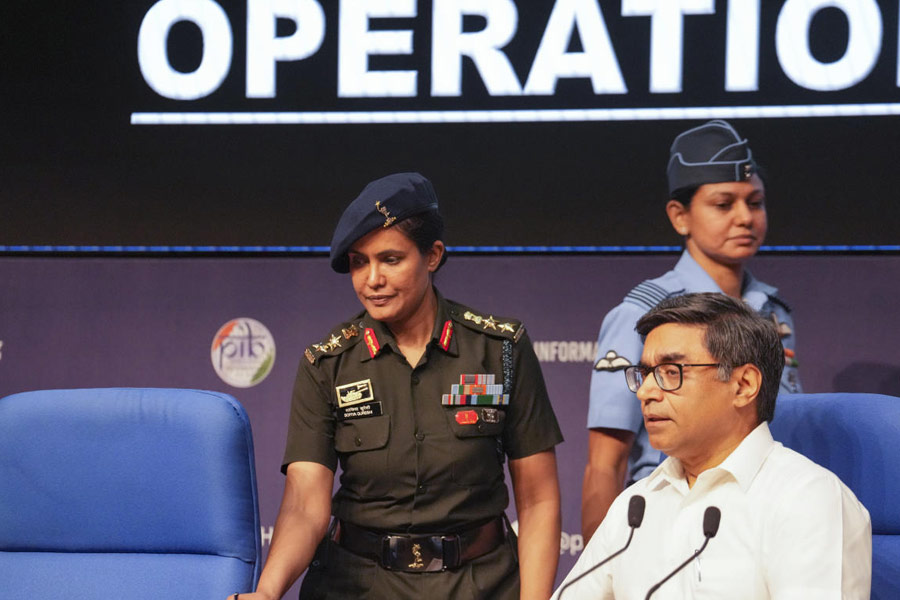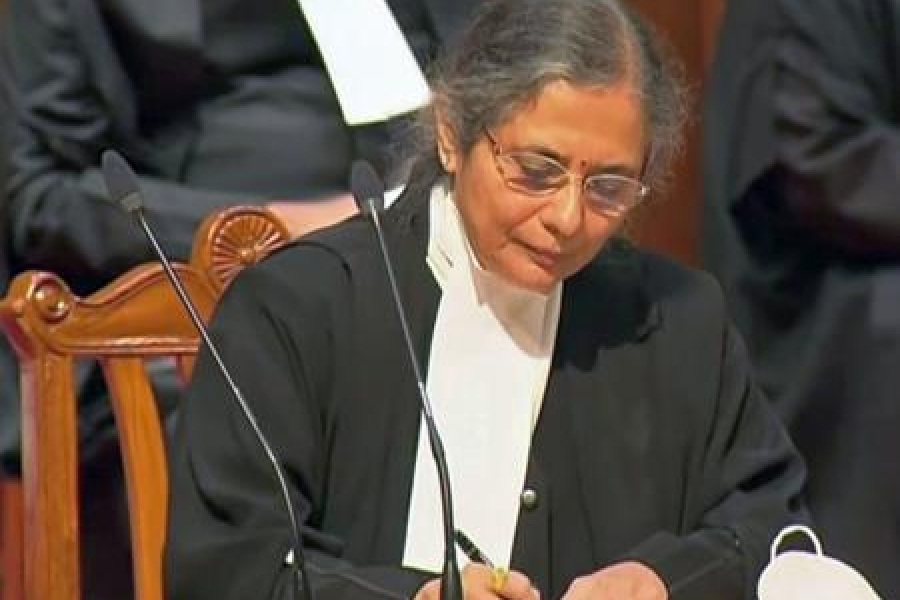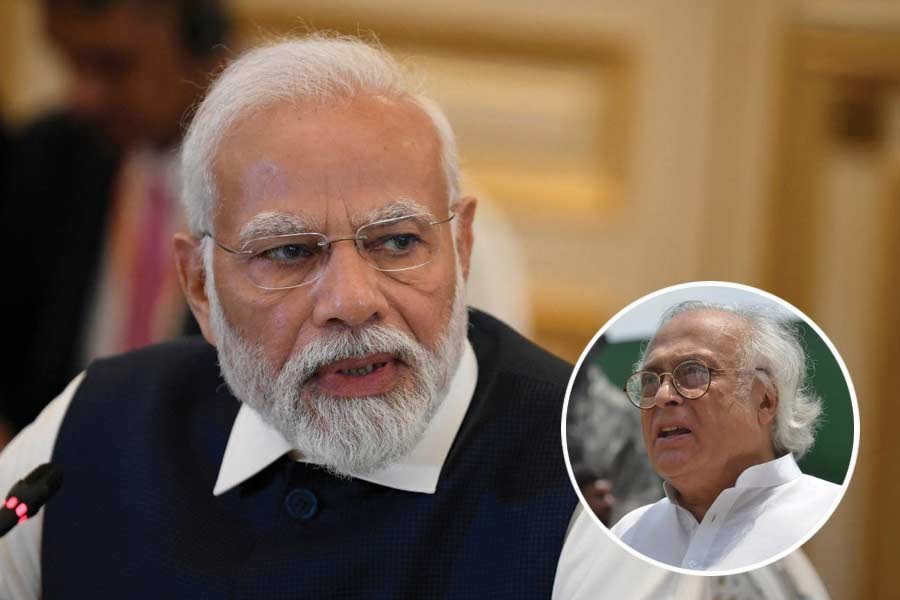 |
| A maze at Navratangarh, one of the five historical sites to be conserved by the state art and culture department |
Ranchi, April 20: The Centre has loosened its purse strings for the conservation and beautification of five heritage sites in Gumla and Lohardaga districts that will be put on the tourism map by the state art and culture department.
Under the 13th Finance Commission, Rs 100 crore was allocated in the first week of this month for conservation projects across the state. Of this, Rs 25 crore will be harnessed this fiscal for the maintenance of Navratangarh, Tanginath, Palkot and Anjanigram in Gumla and Veer Budhu Bhagat’s native village in Lohardaga.
The remaining Rs 75 crore will be spent over the next three years for conservation of other important historical sites in this tribal heartland, including Mahadani Shiva Temple in Bedo, megaliths in Barkagaon (Hazaribagh), Jagannathpur Temple in Seraikela and Kaitha Temple in Ramgarh.
A four-member team — led by deputy director (archaeology), state art and culture department, Amitabh Kumar — surveyed the five sites, which have earned heritage tag following central directive, from April 16 to April 19. The other members were curator of state museum Dr Sarafuddin, technical officer of archaeology S.K. Jha and state co-ordinator of INTACH S.D. Singh.
Navratangarh in Sisai block of Gumla was built by the erstwhile Nagvanshi rulers in the 9th Century. It comprised a colossal five-storey building, every floor of which boasted nine rooms giving Navratangarh its name. The dilapidated edifice, some temples and the queen’s bathing pond and court are all that remain today.
The Tanginath Temple in Dumri block is on the top of a hill and has countless shivlingas. However, its claim to fame is a 5ft trishul, which is 700 years old but hasn’t rusted.
Anjanigram is believed to be the birthplace of the mythical monkey god Hanuman.
A statue of Mata Anjani, mother of Hanuman, exists inside a cave. The cynosure, however, is 365 ponds surrounding the place. There were once 365 shivlingas of which only 12 remain.
Palkot became the capital of Nagvanshi rulers in the 16th Century. It is famous for Pampapuri, a town boasting hundreds of caves, some named Sheetalpur because they are damp and cold.
Jonjoro village in Kudu block of Lohardaga gave birth to one of the country’s bravest sons, Budhu Bhagat. He became a martyr, along with his two sons, fighting the British between 1855 and 1860. A Shaheed Smarak will be put up in his memory.
Talking to The Telegraph, archaeology director Kumar maintained they wanted to develop the five heritage spots into popular tourist destinations. “We will first prepare a conservation blueprint for the sites and, subsequently, start beautification work,” he said.
State co-ordinator of INTACH S.D. Singh said the government would soon float a tender to invite consultants who would prepare the bill of quantity (BOQ) for each heritage property and later take up the projects. “Beautification will include landscaping, construction of boundary walls, sitting area for visitors, facilities for drinking water et al, without disturbing the original structures,” he added.










